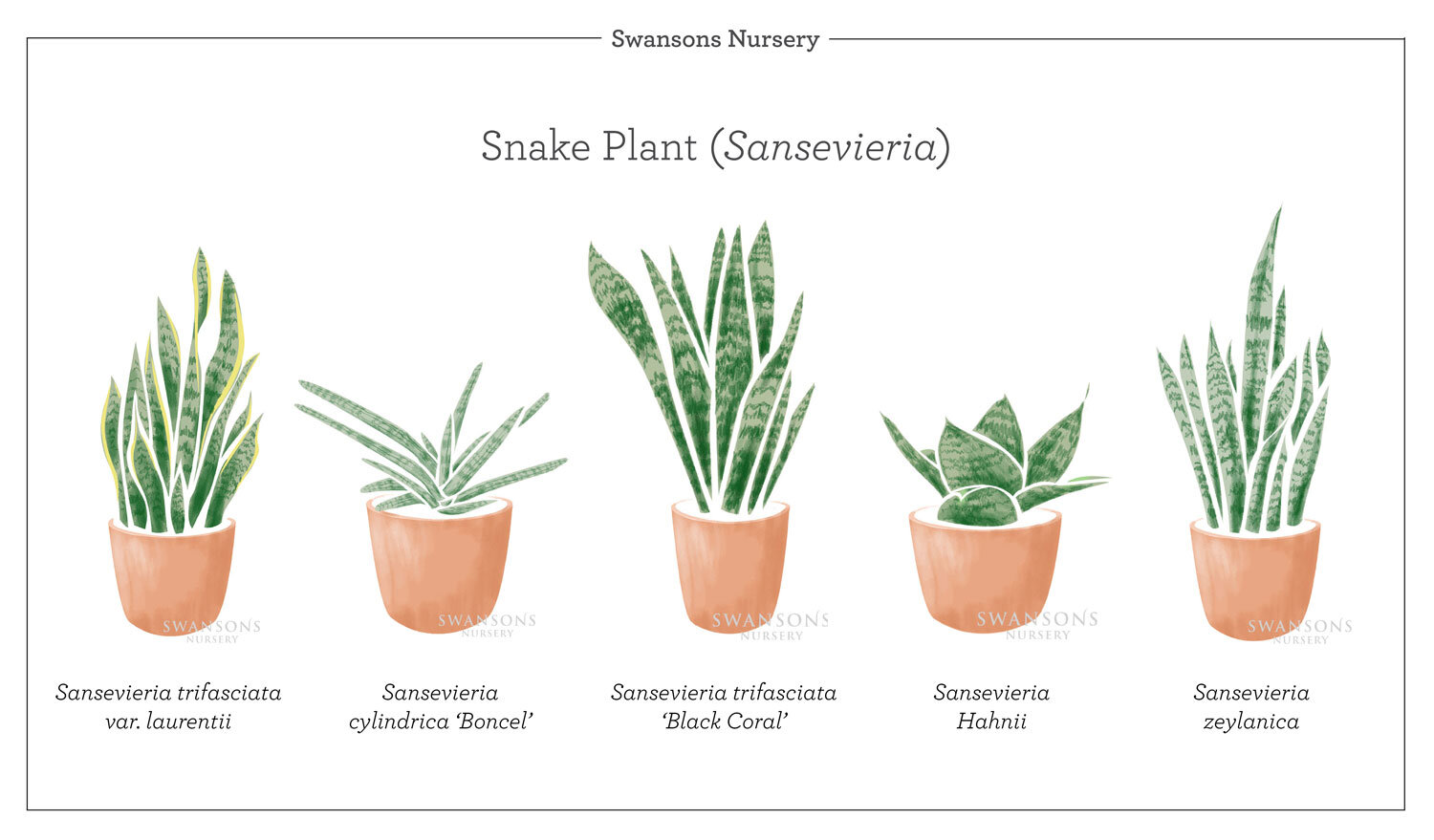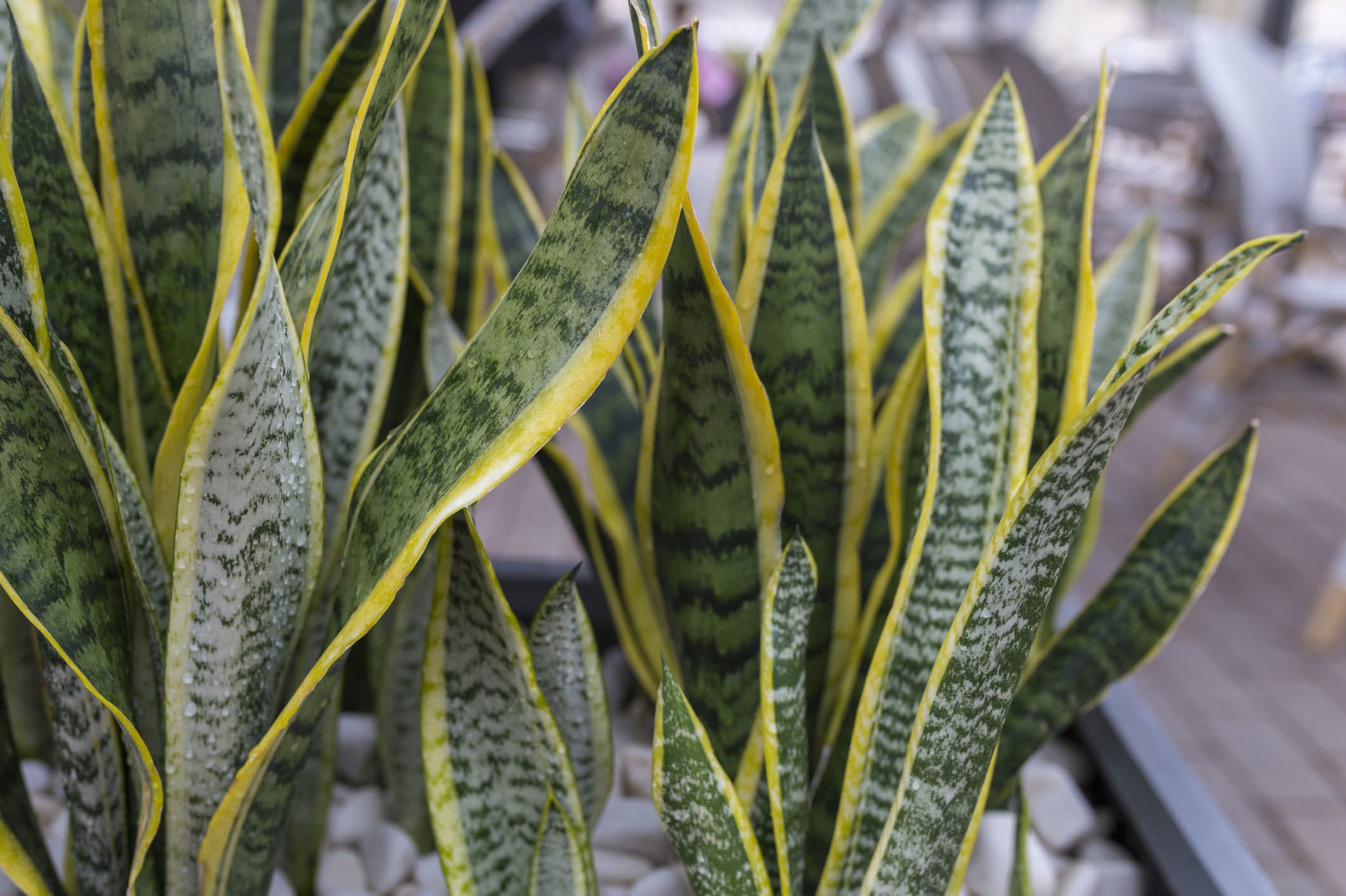Unveiling the mysteries of la planta de serpiente, this comprehensive guide delves into the captivating world of this resilient plant, exploring its unique characteristics, remarkable benefits, and essential care requirements. Prepare to be captivated as we uncover the secrets of this botanical wonder, revealing its ability to enhance both our indoor spaces and well-being.
With its distinctive appearance and air-purifying prowess, la planta de serpiente has become a beloved addition to homes and offices alike. Join us as we embark on a journey to discover the fascinating attributes of this remarkable plant, empowering you to cultivate a thriving and healthy indoor environment.
The Characteristics of the Snake Plant
The snake plant, also known as mother-in-law’s tongue or Sansevieria trifasciata, is a popular indoor plant prized for its hardiness and architectural beauty. It is characterized by its sword-like leaves, which are typically dark green with light green or yellow stripes running down the center.
Snake plants are slow-growing, upright succulents that can reach heights of up to 6 feet. They have a sturdy root system that helps them anchor themselves in the soil and tolerate drought conditions. The leaves are thick and fleshy, with a waxy coating that helps them retain water and protect them from pests and diseases.
Adaptability
Snake plants are highly adaptable to different environments. They can tolerate low light conditions, making them suitable for offices or rooms with limited natural light. They also prefer dry conditions and can go for long periods without watering, making them a low-maintenance plant. However, they can also tolerate brighter light conditions and more frequent watering, making them versatile plants that can be grown in a variety of settings.
The Benefits of the Snake Plant

The snake plant, also known as the mother-in-law’s tongue, is a popular indoor plant known for its unique appearance and hardiness. Beyond its aesthetic appeal, the snake plant offers numerous benefits that contribute to a healthier indoor environment.
Air-Purifying Capabilities
The snake plant is a remarkable air purifier, effectively removing harmful toxins from the air. Studies have shown that it can absorb pollutants such as formaldehyde, benzene, trichloroethylene, and xylene. By reducing indoor air pollution, the snake plant helps improve overall air quality, promoting respiratory health and reducing the risk of respiratory issues.
Health Benefits
In addition to its air-purifying properties, the snake plant has potential health benefits. It can help reduce stress levels and improve sleep quality. The plant releases oxygen at night, which can create a more relaxing atmosphere and promote restful sleep. Furthermore, the presence of the snake plant in a room can have a calming effect, reducing anxiety and creating a more tranquil environment.
Contribution to a Healthier Indoor Environment
The snake plant contributes to a healthier indoor environment by purifying the air, reducing stress, and improving sleep. Its ability to remove toxins and create a more relaxing atmosphere makes it an ideal choice for homes, offices, and other indoor spaces. By incorporating the snake plant into your living environment, you can enjoy its numerous benefits and create a healthier and more comfortable space.
The Care and Maintenance of the Snake Plant: La Planta De Serpiente

The snake plant is a low-maintenance plant that is easy to care for. However, there are a few things you need to do to keep your plant healthy and looking its best.
One of the most important things to remember is that snake plants do not like to be overwatered. Allow the soil to dry out completely between waterings. Overwatering can lead to root rot, which can kill your plant.
Watering
- Water your snake plant when the top inch of soil is dry to the touch.
- Use lukewarm water and water the plant slowly and deeply, until water drains out of the bottom of the pot.
- Allow the water to drain completely before putting the plant back in its saucer.
Fertilizing
- Fertilize your snake plant every two to three months during the growing season (spring and summer).
- Use a balanced liquid fertilizer diluted to half strength.
- Do not fertilize your snake plant during the winter months.
Repotting
- Repot your snake plant every two to three years, or when it becomes rootbound.
- Use a pot that is only slightly larger than the current pot.
- Use a well-draining potting mix.
Light and Temperature
- Snake plants can tolerate low light conditions, but they will grow best in bright, indirect light.
- Avoid placing your snake plant in direct sunlight, as this can scorch the leaves.
- Snake plants prefer warm temperatures between 65 and 85 degrees Fahrenheit.
Troubleshooting, La planta de serpiente
- Brown tips on leaves: This can be caused by overwatering, underwatering, or low humidity.
- Yellow leaves: This can be caused by overwatering, nutrient deficiency, or too much direct sunlight.
- Mealybugs: These small, white insects can infest snake plants and suck the sap from the leaves.
- Spider mites: These tiny, red spiders can infest snake plants and cause the leaves to turn yellow and drop off.
